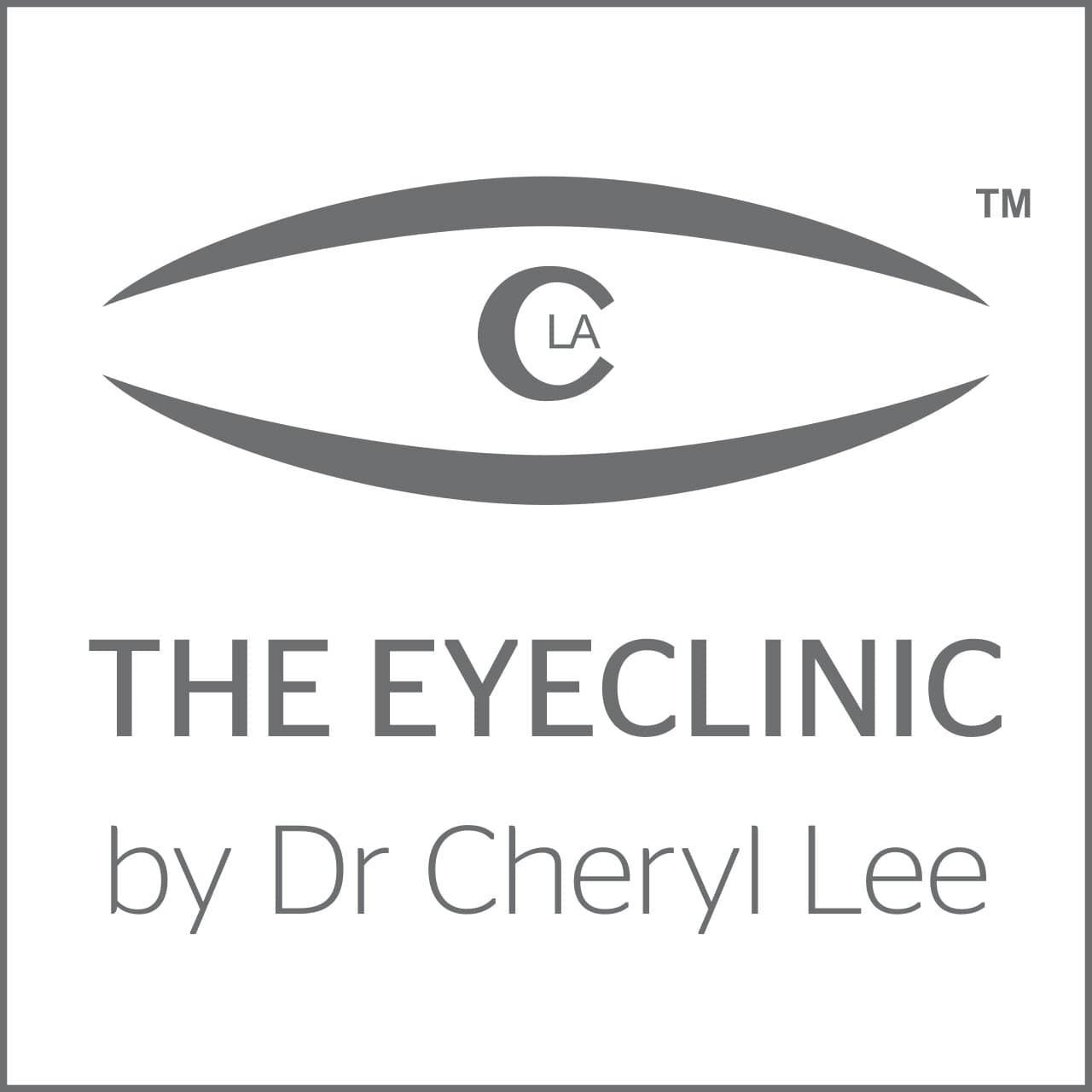How Outdoor Time Protects Kids’ Eyes: The Science Behind Myopia Prevention
Did you know over half of Singaporean children are short-sighted by primary school? 👓 Myopia can progress quickly if left unchecked. Early detection and personalised care are key.If your child spends hours indoors doing homework, using digital devices, or watching TV, they’re not alone — but their eyes may be paying the price.
Singapore’s high academic demands and digital lifestyle have made myopia (short-sightedness) increasingly common, even in preschoolers. What is myopia really?
While genetics play a role, research has shown that one of the most powerful protective factors against myopia is simple — time spent outdoors.
At The Eye Clinic by Dr. Cheryl Lee , we regularly encourage parents to include outdoor time as part of their child’s myopia prevention plan.
The Science Behind Sunlight and Eye Growth
So, how does outdoor time help?
Studies in Singapore, Australia, and China have found that children who spend more time outdoors have a significantly lower risk of developing myopia.
Here’s why:
Natural sunlight triggers the release of dopamine in the retina, which helps regulate healthy eye growth.
Long-distance focusing outdoors allows the eye muscles to relax after prolonged near work (reading, writing, screen time).
In short, outdoor time isn’t just good for fitness and mental well-being — it’s essential for healthy visual development.
How Much Outdoor Time Is Enough?
Dr. Cheryl Lee recommends at least 2 hours of outdoor time per day for school-aged children if they are perfect sighted and one hour if they already myopic.
This doesn’t have to be strenuous — it can be as simple as:
Walking
Riding a bicycle
Playing ball games
Visiting a nearby playground or park
sitting outdoors and listening to podcasts, music or audiobooks. (Dr Lee has curated a list of free audiobooks)
Balancing Outdoor Time and Screen Time
It’s not just about going outside — it’s also about balancing time indoors.
Here are Dr. Cheryl Lee’s tips for managing screen time effectively:
Follow the 20-20-20 rule — every 20 minutes of near work, look 20 feet away for 20 MINUTES not seconds.
Keep reading distance at least 30 cm from the eyes.
Avoid reading while lying down or in dim lighting.
Encourage regular “eye breaks” during study time.
Dr Lee will tailor lots more tips for you child after she has spoken to you and the child
When to Get an Eye Check for Your Child
Even if your child spends ample time outdoors, regular eye exams remain crucial.
Children may not notice or report changes in vision, so early screening helps detect issues before they affect learning or daily activities.
Dr. Cheryl Lee recommends:
First check by age 4
Annual screenings during school years
3 monthly checks when myopia is first picked up (the average growth if 100 degrees per year which is an astounding number if not controlled!)
At The Eye Clinic at Mandarin Gallery, we use child-friendly vision assessments and advanced imaging to monitor eye growth and adjust myopia control treatments when needed.
Building Lifelong Eye Health Habits
Encouraging outdoor activity is a simple yet powerful way to invest in your child’s long-term vision.
When paired with regular eye checks and personalised myopia control methods such as Ortho-K lenses or low-dose atropine drops, outdoor time becomes part of a strong, holistic strategy for healthy eyes.
Protecting Young Eyes Starts Today
Singapore’s urban lifestyle makes it easy to spend most of the day indoors — but even small changes to your child’s routine can make a lasting difference.
Encourage outdoor play, monitor screen habits, and prioritise regular eye check-ups.
👉 Find out more or contact The Eye Clinic by Dr. Cheryl Lee today to learn how simple daily habits and professional myopia care can help protect your child’s eyes for life.
